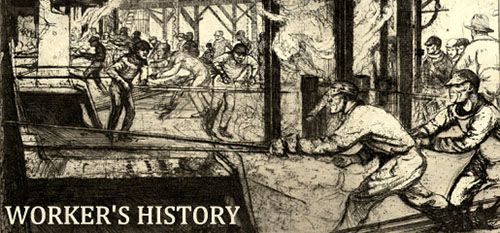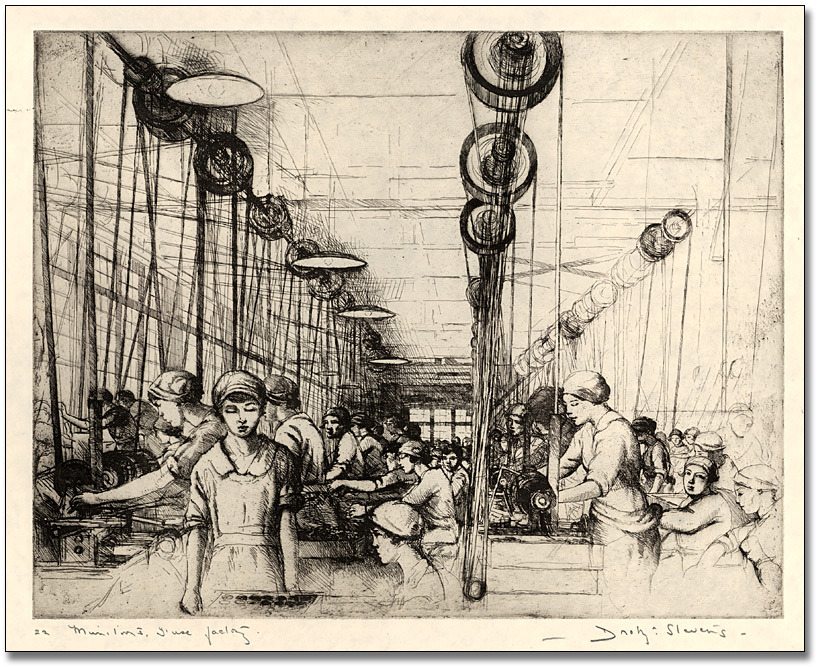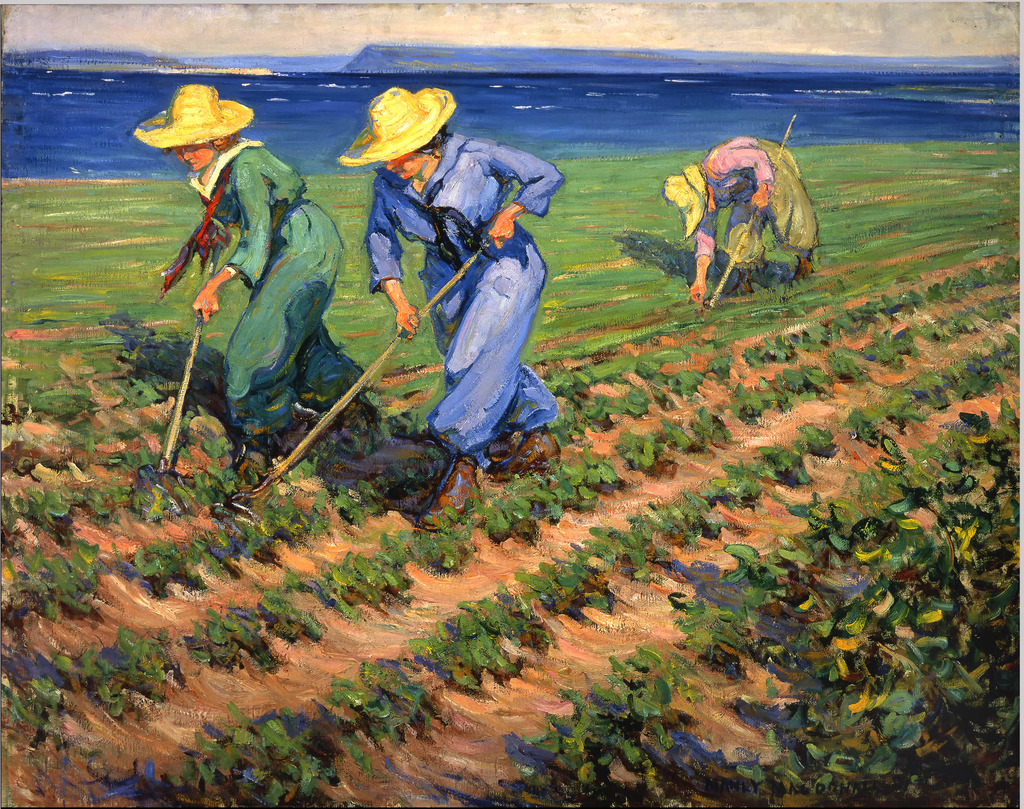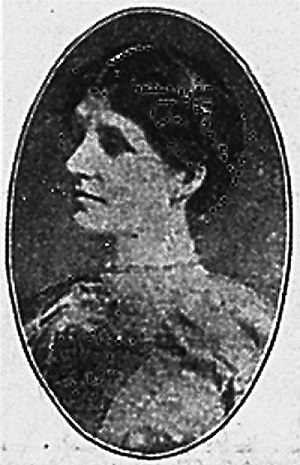Women
Coming into the 20th century, a majority of the work performed by women was domestic. Men were regularly prioritized as the "breadwinner" of a family, and the expectation that women looked after the home while the man provided the income was the norm. Income inequality for women in the labour force was a fact of life, but the 20h century did see improvements in women's employment and pay.
While there is the popular notion of women factory workers, particularly during the First World War, the expansion of government employment in Ottawa also offered significant opportunities to women workers. While civil and municipal government employment doubled in the period from 1911 to 1921, women's particiation in civil service tripled from 2,000 to 6,000 in the same period. Employment as clerks by the federal and provincial government provided women the possibility of financial independence, offering between $17.44 and $18.44 per week.
The Farm Service Corps initiative, organized by the government of Ontario, employed many women as "Farmerettes" throughout Ontario. These farmerettes filled many of the vacancies left by the men who had gone overseas to fight in the First World War, and the Niagara region employed as many as 2,400 women in fruit-picking during 1918.
Another vehicle of women’s involvement was through the Canadian Women’s Press Club. Founded in 1904 as an association of Canada’s women writers and illustrators, the club was a means of promoting is members and to “maintain and improve the status of journalism as a profession for women.” With chapters throughout the country, Ottawa’s own chapter was constituted in 1916. While much of the attention garnered by newspapers describe the club’s activities as a “delightful luncheons”, the topics discussed at their gatherings ranged from the nuances of their own profession to politics, history, and labour resistance, such as the effectiveness of strikes in England. Members of the CWPC had the opportunity to meet with the dominion government at the Chateau Laurier in 1925, suggesting that the Ottawa Chapter was active in forming these sorts of connections.
On December 31, 1913, Flora Ann Campbell became Ottawa’s first police woman. While officially she held all the same duties as a male officer, she did not carry a badge or uniform, and rarely made arrests. Her primary role was dealing with charges against women, and in the case of first time offenders who were dismissed, she often assisted in finding them employment afterwards.
Sources:
Canadian War Museum, "Farmerettes", https://www.warmuseum.ca/firstworldwar/history/life-at-home-during-the-war/the-war-economy/farming-and-food/
City of Ottawa Archives, Canadian Women's Press Club Ottawa Branch Fonds, MG557 2015.0196.27



